The UBA QSL Service
The UBA QSL service looks after the QSL cards of its members, and this includes outgoing QSL cards as well as those intended for members, coming from abroad and domestically. It also provides a limited QSL service for those non-members willing to pay the costs involved, as prescribed in the IARU guidelines on the subject.
Who is entitled to the full QSL service?
- All UBA members are entitled to a free QSL service. The cost of the QSL service is paid by part of the membership fee.
- Members must be affiliated to a section to send and/or receive their QSL cards. They can get the QSL cards only through the section where they are affiliated.
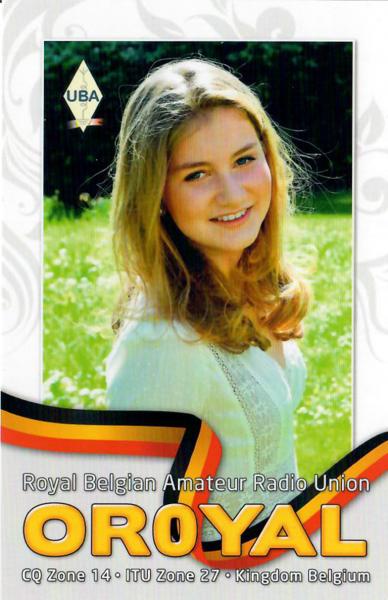
How does the QSL service work?
- Deliver your QSL cards regularly to the QSL manager of your UBA section.
- Sections can send their QSL cards once a month for domestic and foreign countries together to the UBA QSL manager.
- The QSL bureau can only send QSL cards to countries where there is an IARU QSL bureau.
- Once a month, the QSL cards are brought to the Netherlands. There they are sorted by a professional organisation Scalabor (which employs differently-abled people) and sent the same month, together with the QSL cards of the VERON and the VRZA, to the approximately 170 IARU QSL bureaus.
- Sorted QSL cards from home and abroad are sent to UBA sections 11 times a year.
The QSL cards of sections for which there are fewer than 10 QSL cards (30 gr) will be merged with those of the following month. This means that just about all sections will receive their QSL cards every month (11 times a year).
Members with multiple call signs
An up-to-date UBA membership file is sent monthly to the sorting centre in the Netherlands. This is the membership file used with the sorting programme. Anyone not on the file cannot therefore receive QSL cards.
Important to know:
- Make sure that the person in charge of membership records has the correct data, i.e. possibly the various callsigns for which you want to receive QSL cards (holiday callsigns, DXpedition callsigns, etc...). Indeed, in the membership file, everyone is listed with their active callsign (or ONL number), with the (old) ONL number and with any other callsigns they may still have or have had. Thus, the same member may be listed as ONL, as ON2, as ON1, as ON4 and, for example, also with foreign callsigns that he was allowed to have (e.g. from non-CEPT countries) or still the callsign he had on holiday in a non-CEPT country or where he went on an expedition and where he was assigned a completely separate callsign. When declaring call signs from a foreign country, proof should be attached that this call sign was indeed given in your name (or that of another UBA member).
- Notify the membership administration immediately when call signs change. This will avoid having to return QSL cards intended for members.
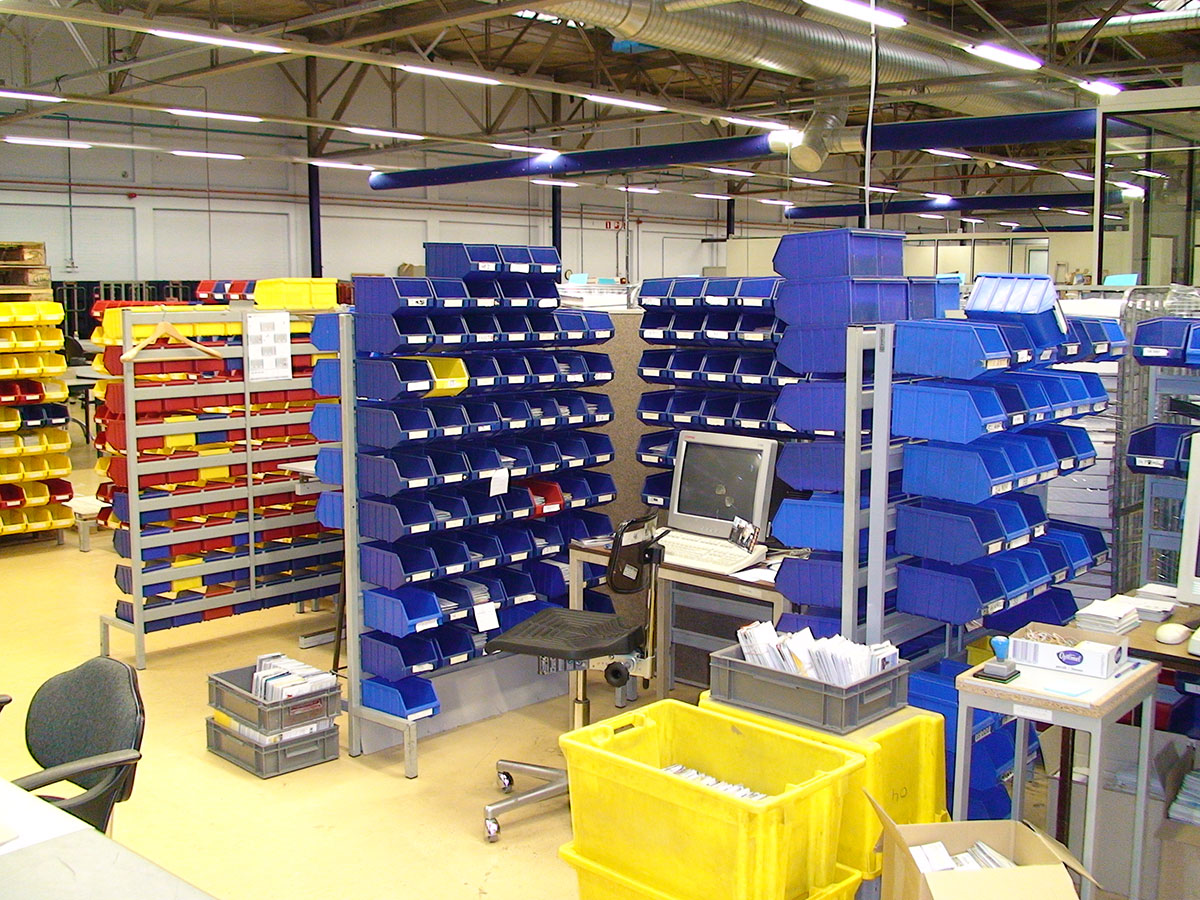
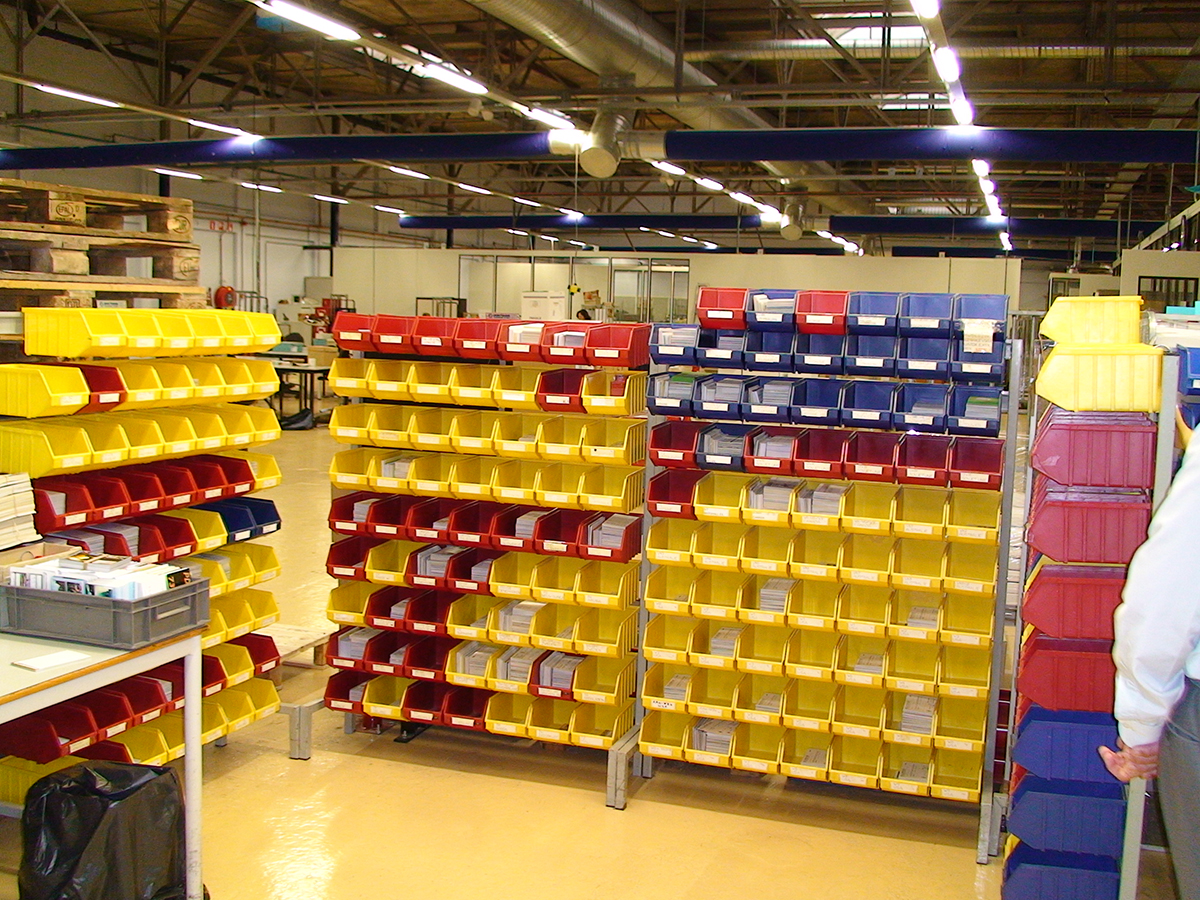

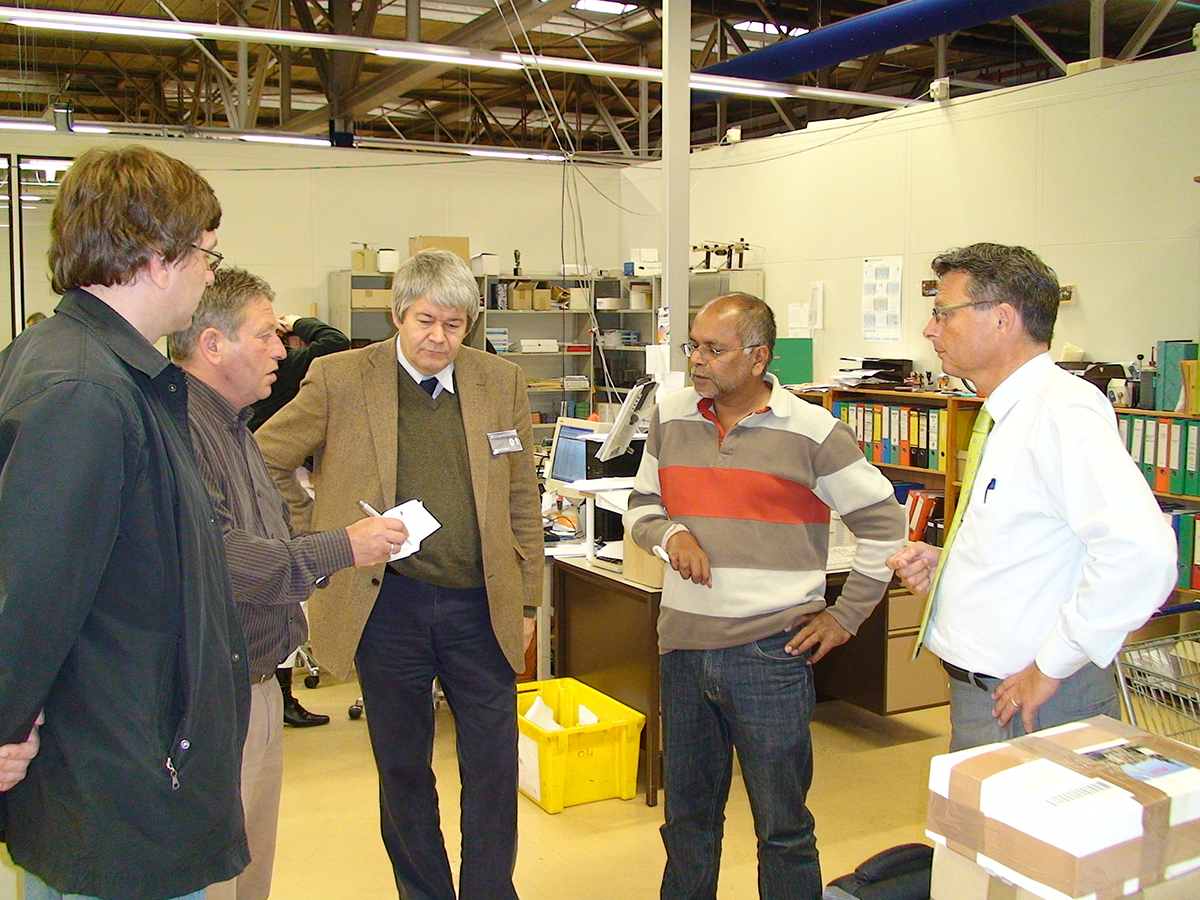
QSL managers for non-UBA members
The QSL service is paid for with members' membership fees. If a UBA member wants to be QSL manager of a non-UBA member, he can receive and send QSL cards for that station only on condition that he makes that station a member of the UBA.
Some examples of "QSL VIA":
- "F/ON4zzz": every member is entitled to receive QSL cards for QSOs while abroad. Thus ON4zzz will receive QSL cards for F/ON4zzz, ON4zzz/W1 etc.... There should be no mention of "F/ON4zzz via ON4zzz" on such QSL cards.
- "WA0zzz": for example, if a UBA member also has a call sign in the U.S.A., in order to receive QSL cards for this call sign, he must declare this call sign to the membership administration and attach a copy of the licence). If ON4zzz also has the callsign WA0zzz and he does not declare the latter callsign to the membership administration, then he will not receive QSL cards for this callsign, however addressed (e.g. WA0zzz via ON agency, WA0zzz via ON4zzz). However, it is requested that the individual provides proof of the fact that ON4zzz and WA0ZZ are the same person.
- "ON4yyy via ON4xxx": QSL cards addressed to a Belgian amateur via another Belgian radio amateur, (e.g.: ON4yyy via ON4xxx) can only be delivered insofar as both are members of the UBA.
- "5X1T via ON5NT": QSL cards addressed to a station with a non-Belgian callsign can only be delivered if that callsign has been passed on to the membership administration. It is unnecessary to attach a "via ON5NT". Example: QSL cards for 5X1T are delivered to the ALT section because the callsign 5X1T is included in the membership file. This is the callsign of a UBA member. In any case, the holder of the foreign callsign will have to be a member of the UBA to receive QSL through the UBA office.
- "UA2zzz via ON4www": in order for ON4www to receive QSL cards for UA2zzz, either UA2zzz must be a member of the UBA, which automatically puts the callsign in the file used for sorting, or ON4www must provide proof to the UBA QSL manager that UA2zzz and ON4www are the same person.
QSL cards from abroad
The UBA QSL Bureau is known abroad under the following address:
UBA QSL Bureau
p/a José Duyck
Molenakker 56
B-8740 Egem
Belgium
Do not mention this address of the UBA QSL bureau on your QSL card. The IARU QSL bureaus know only too well what the address of the Belgian QSL bureau is, and this address may well change!
Sorting the QSL cards
Any person handing off his QSL cards to the QSL manager of his UBA section should have sorted them beforehand. To sort the QSL cards, the UBA provides a programme called Qbus (written by Rik ON7YD).
QSL cards should be grouped by IARU QSL bureau (which is usually "by country").
The bundles of QSL cards for the same country are held together preferably by an elastic band (if there is at least more than 1 QSL card). The bundles of QSL cards for the same agency (even if it is a bundle with only 1 QSL card) should then be placed in alphabetical order. QSL cards for the same bureau should not be sorted. Obviously, if you have, say, 500 QSL cards for the same bureau you can pack them separately in 1 box.
There are two special cases: the QSL cards for the U.S.A. (K, W, N, A) and for Australia (VK) should be sorted by call-area (0 to 9), i.e. the VK1s in 1 packet, the VK2s in a second packet etc..., and for the U.S.A. all W0, K0, N0 and Ax0 together, etc...
A further distinction is made for US QSL cards from (only) the 4th call district:
- A first pack of all QSL cards for K4, W4 and N4.
- A second pack with all other QSL cards for the 4th call district (e.g. AA4, KC4, WD4, NK4, etc...).
All packets of QSL cards for the same desk should then be placed in alphabetical order with a large rubber band around them to keep everything well together. Large quantities of QSL cards are preferably packed in a cardboard box.
If you have a very large quantity of QSL cards (thousands, from contests or DXpeditions), you can contact the UBA QSL manager to possibly make specific arrangements.
Sorting your QSL cards correctly will save a lot of work for your section's QSL manager!
How to format and fill in the QSL cards?
Do not mention the address of the UBA QSL bureau on your QSL card. The IARU QSL bureaus know all too well what the address of the Belgian QSL bureau is.
Make the QSL card look clear. With some QSL cards, you can read the callsign and the dates of the QSO from metres away. In others, those details are difficult to find and decipher even with a magnifying glass. Most importantly, call sign of the addressee and/or possibly the QSL manager should be prominently displayed on the QSL card.
For an ONL card, it is very important that the callsign of the station to whom the QSL card is addressed stands out clearly. Those QSL cards usually contain two callsigns, namely of the station to whom the QSL card is addressed, as well as of the station to whom you heard it in contact. Make the layout of the QSL card so that the sorter cannot make a mistake here and thus send the QSL card to the correct station. It is totally out of the question to place the two callsigns right next to or below each other! If there are two callsigns, make it clear to whom the QSL card should actually be sent!


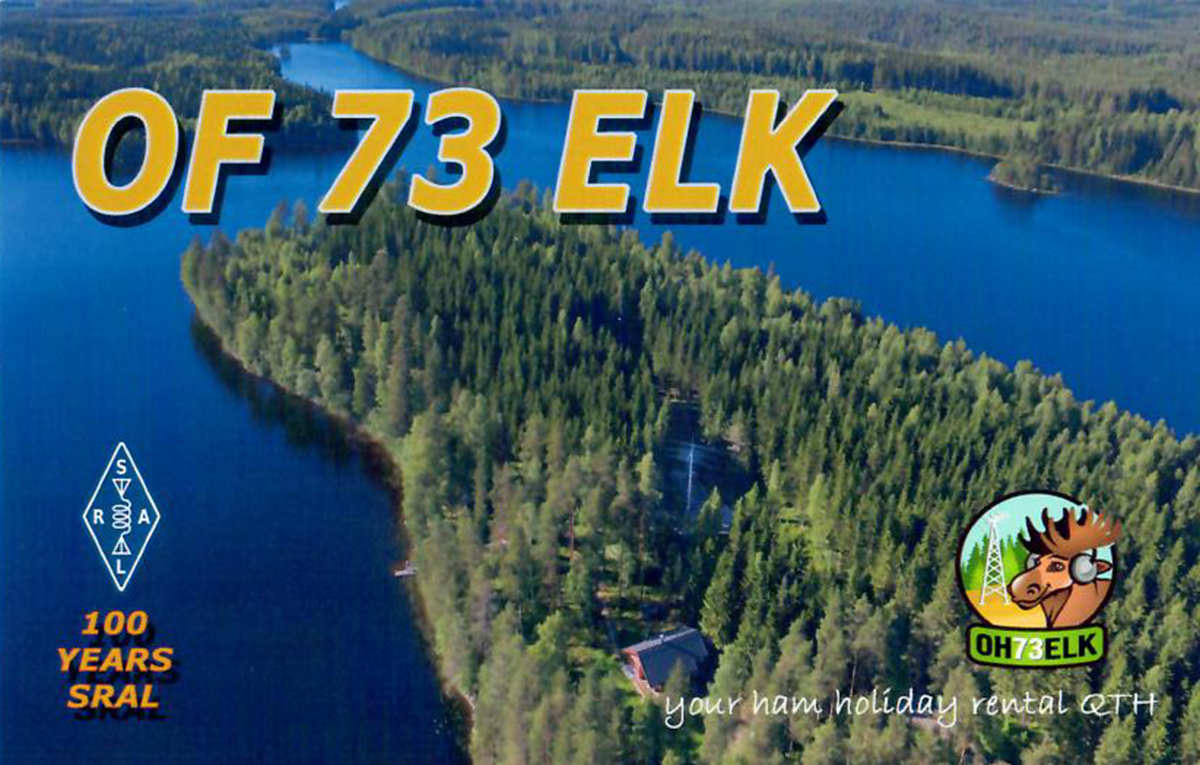
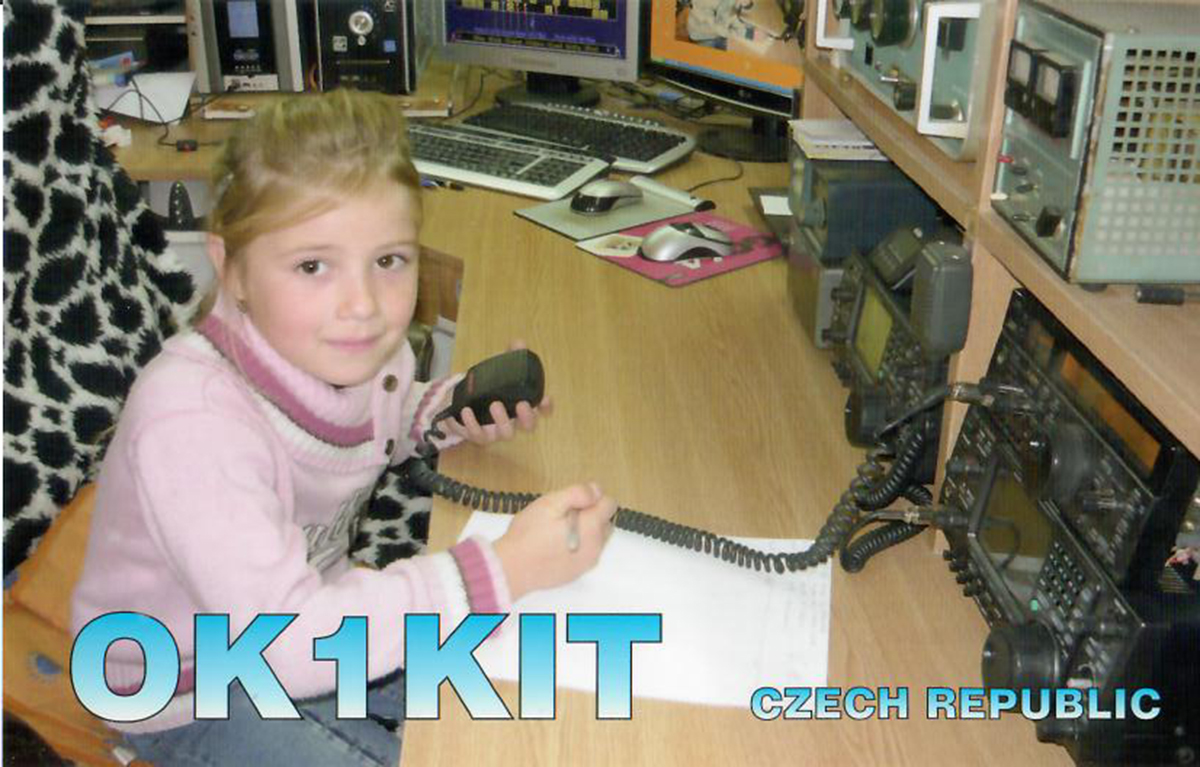
What about QSL cards where there is no IARU bureau?
A good DXer always has the list of countries where there is no IARU QSL bureau at hand. If you make a QSO with a station from such a country, always ask "QSL via?". The DX station will more than likely have a QSL manager, if not give his direct QSL address (often a 'P.O. Box'). In the latter case you will have to send the QSL card directly.
If there is a QSL manager, this should be clearly stated on the QSL card so that it does not become a seeker for the QSL service: e.g. J8LP via K3LP. In this case, it is J8LP who wishes his QSL cards to be sent to K3LP. Do NOT write J8LP c/o K3LP and even less K3LP via J8LP (which also happens sometimes!). Always use the terminology "VIA" to indicate where the QSL card should be sent.
Shape, size and weight of QSL cards
To make sorting easier, there is an IARU standard size that we would ask you to follow: 90 x 140 mm (paper of 190 to 250 gr/m²).
QSL cards for non-UBA members
In recent years, the UBA has operated a system that allowed the submission of QSL cards from non-UBA members. This required all QSL cards from non-members to be sorted twice: once at the QSL office in the Netherlands (Scalabor), where they all ended up together in a separate "unknown" box, and a second time by the UBA QSL service (by callsign). In the end, only 10% of these QSL cards were also requested. Consequently, the costs associated with sorting the QSL cards for non-members are a lot more expensive than for sorting the QSL cards of our members. Something we can no longer justify.
To continue offering QSL cards to non-members in the future, a new system was created.
Principle:
- Once a year, the UBA proposes Belgian radio amateurs who have not been members of our association for at least 3 years to enter into a contract allowing them to obtain QSL cards received through the IARU QSL bureau system for them.
- This contract runs from 1 July to 30 June of the following year. We call this the contract period.
- Initially, the individual should pay a fixed cost as compensation for the efforts made in terms of administration, organisation etc... are done. This fixed annual fee is 20 euros.
- At the end of the contract period period, the individual pays the variable costs, costs associated with sorting, handling and sending the QSL cards. This cost is 20 Eurocents per QSL card.
- QSL cards will be sent to the individual once a year if the above conditions are met.
- At the end of the contract period, the person concerned can also obtain the QSL cards subject to payment of membership - 20 Euro (already paid as fixed cost) for the contract period in question (e.g. 1 July 2008 to 30 June 2009), and subject to payment of full membership for the next period (e.g. 1 July 2009 to 30 June 2010) . The person concerned will be sent CQ-QSO for the first period (contract period) to the extent that copies are still available.
- If the person does not pay the variable costs, the UBA reserves the right to keep the amount already paid to cover part of the expenses already incurred.
- To clarify, the amounts to be paid concern only reimbursement of expenses already paid by the UBA.
Procedure:
- Payment of the fixed fee, which also serves as a contract for the service described above, is due between 1 and 31 May. The amount to be paid is 20 euros. When paying, the person concerned should provide the following information: name, callsign and full address to which the QSL cards should be sent.
- Payments received after 31 May will be tracked and used for the 1-year period starting on 1 July of the following year.
- Proof of payment to the UBA's account number BE03 0013 0740 3584, stating: QSL service non-UBA member, name + address, serves as the contract. The UBA does not send a confirmation.
- After the expiry of the 1-year contract period, the UBA will inform the individual in writing how many QSL cards are available to him, and invite the individual to pay the variable cost to the UBA.
- This amount should be paid within four weeks.
- If the variable charges are not paid within 4 weeks, the QSL cards will be returned to sender.